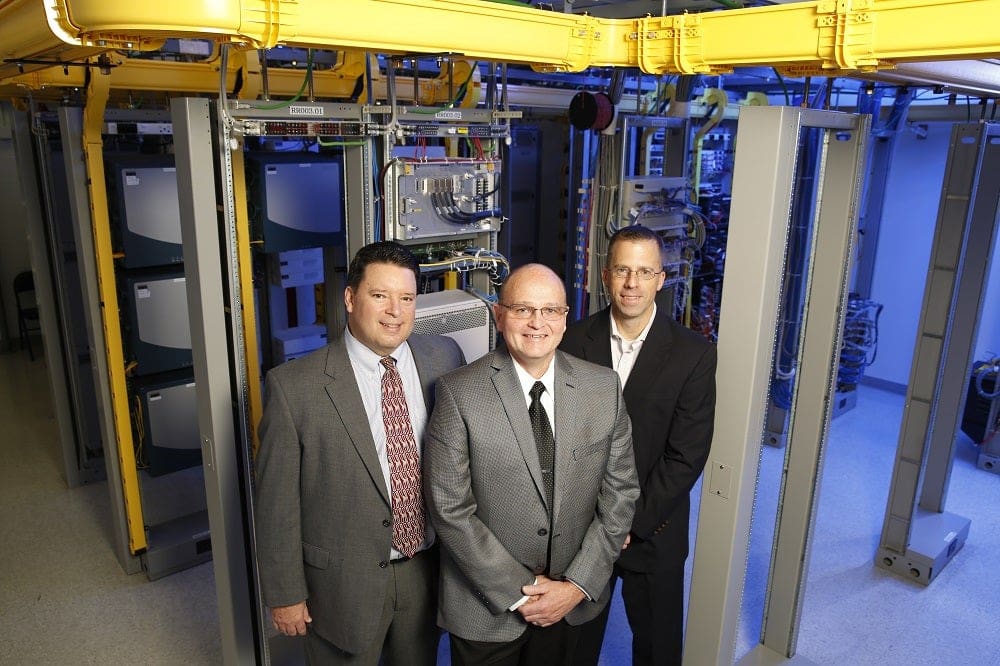“Extending broadband communications to these smaller towns can help build out their health care infrastructure as well.” -Rob West
Indiana Fiber Network was founded in 2002 to give independent local telephone companies serving rural areas in the state access to leading-edge connectivity and communications technology.
Since then, the company has deployed more than 4,000 route miles of fiber optic network infrastructure across the state, enhancing data, voice and video services for hundreds of rural businesses.
Connecting Rural America
In 2015 IFN embarked on its broadest and most ambitious venture yet: Connecting 77 hospitals and clinics in the Parkview Health System network, which stretches across northern Indiana from Fort Wayne to Lafayette. The project will allow rural health care providers to share diagnostic information and help give patients access to the same quality of care available at big-city hospitals.
“On the capital side, this was four times what we usually do in an entire year,” says CEO Kelly Dyer. “But as a chance for us to bring state-of-the-art communications to these rural clinics, it was the obvious investment for us to make.”
Background in Broadband
With a deep background in broadband and the necessary lending capacity, CoBank stepped in to help fund the project, which required a $40 million loan as part of the overall financing strategy.
“This project really pushed the comfort level of our existing lender, who has had little communications experience,” says Dyer. “With CoBank, I knew if I told them about the opportunity and it made sense to them, they would do it.”
Incalculable Benefits
With financing now in place, the Parkview project is scheduled to get underway early in 2016. Dyer believes the benefit to clinics and patients in Indiana’s rural communities will be incalculable. “We felt this deal was right in the sweet spot for CoBank,” says Rob West, senior vice president and manager of CoBank’s Communications Banking Division. “It shows how extending broadband communications to these smaller towns can help build out their health care infrastructure as well.”



